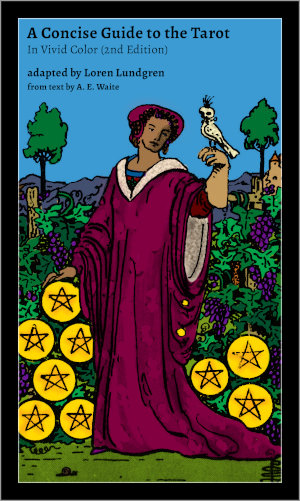Tarot Reading john married; have a child; if john go to work what work later; politics; 10 71968
Reading Performed 02/05/2013 at 10:17 AM
Click or scroll down for the meaning of each position and the interpretation of its card.
Visual Layout
The Meanings of these Tarot Cards
This Covers You
This card gives the influence which is affecting the person or matter of inquiry generally, the atmosphere of it in which the other currents work.
This Crosses You
It shows the nature of the obstacles in the matter. If it is a favourable card, the opposing forces will not be serious, or it may indicate that something good in itself will not be productive of good in the particular connexion.
This Crowns You
It represents (a) the Querent €™s aim or ideal in the matter; (b) the best that can be achieved under the circumstances, but that which has not yet been made actual.
This is Beneath You
It shows the foundation or basis of the matter, that which has already passed into actuality and which the Significator has made his own.
This is Behind You
It gives the influence that is just passed, or is now passing away.
This is Before You
It shows the influence that is coming into action and will operate in the near future.
Your Self
Signifies the person or thing about which the question has been asked, and shows its position or attitude in the circumstances.
Your House
Your environment and the tendencies at work therein which have an effect on the matter €”for instance, your position in life, the influence of immediate friends, and so forth.
The Klutz of Major Arcana from the Uncarrot Tarot Deck
A. E. Waite's Secondary Meanings
The Star, Dog-Star, or Sirius, also called fantastically the Star of the Magi. Grouped about it are seven minor luminaries, and beneath it is a naked female figure, with her left knee upon the earth and her right foot upon the water. She is in the act of pouring fluids from two vessels. A bird is perched on a tree near her; for this a butterfly on a rose has been substituted in some later cards. So also the Star has been called that of Hope. This is one of the cards which Court de Gebelin describes as wholly Egyptian-that is to say, in his own reverie.






















